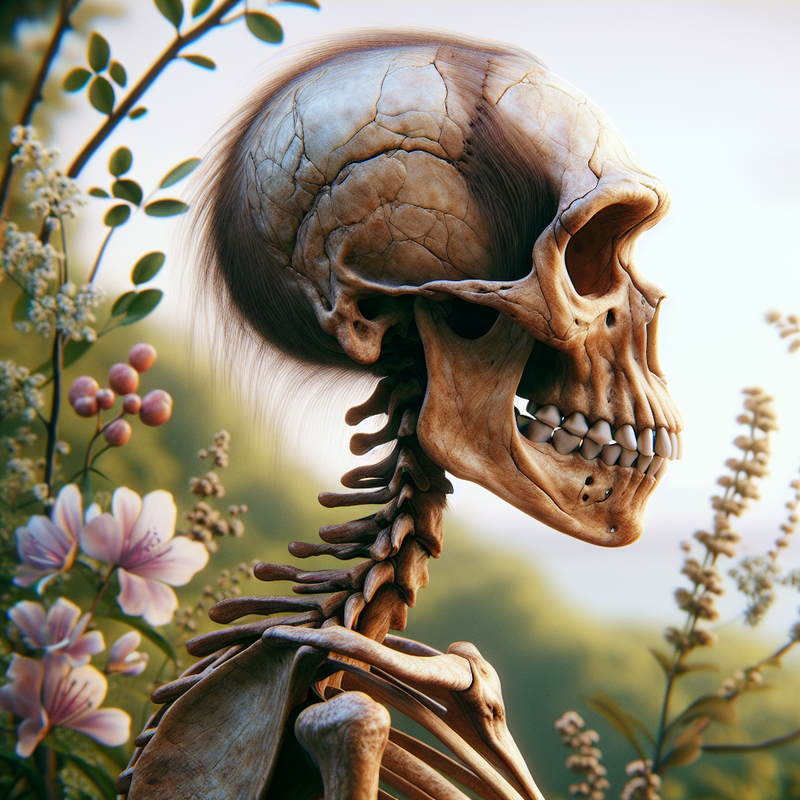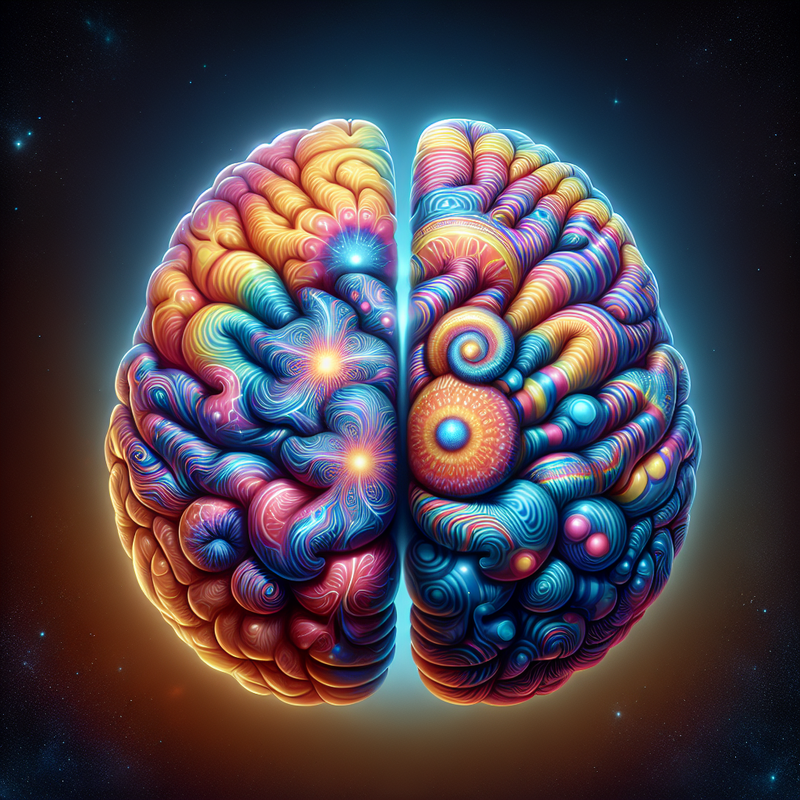In Cincinnati, a revelation by experts in paleoanthropology is causing ripples across the scientific community, as they announce the unearthing of what appears to be a previously unrecognized ancient human species. This discovery potentially reshapes our grasp on the narrative of human ancestry. Dubbed the Juluren, or “large head people” by scientists, these early humans are thought to have roamed the regions of eastern Asia more than 100,000 years ago.
The excavation and research led by Xiujie Wu and Christopher Bae have christened this species Homo juluensis due to their notably capacious craniums and a combination of distinct physical characteristics. Setting the Juluren apart from their contemporaries, such as the Neanderthals, Denisovans, Homo erectus, and even early Homo sapiens, these traits may signify a unique human line that thrived alongside various other hominin species between 300,000 and 50,000 years in the past.
Redefining Our Ancestral Heritage
The norm for categorizing eastern Asian ancient fossils has largely revolved around a simplistic approach, often grouping diverse remains under the catch-all term “Denisovans.” Yet, the results from Wu and Bae’s research illuminate a much more complex prehistoric ecosystem, suggesting that our evolutionary backstory in this particular region may encompass several distinct species of ancient humans.
Standing out among many features is the Juluren’s brain capacity, which seems to eclipse that of all their contemporaries, as pointed out by Wu. This, coupled with other specialized physical distinctions, intimates that our conception of human ancestry, especially in the context of eastern Asia, might need a substantial reevaluation.
The scholarly recognition of these breakthroughs spans from cautious intrigue to enthusiasm. Anthropologist John Hawks described the findings as “thought-provoking,” highlighting the numerous mysteries that remain untouched surrounding Asia’s role in human evolutionary history. Hawks supports the need to formally recognize the Juluren, suggesting this classification enhances our understanding of where these beings fit in the greater scheme of human lineage.
The emergence of the Juluren is adding to the complex puzzle of our past, signaling that the story of human evolution is far from straightforward. Researchers specializing in paleontology and anthropology face the intricate task of untangling a dense web of ancestries that chronicles the odyssey of ancient humankind.




